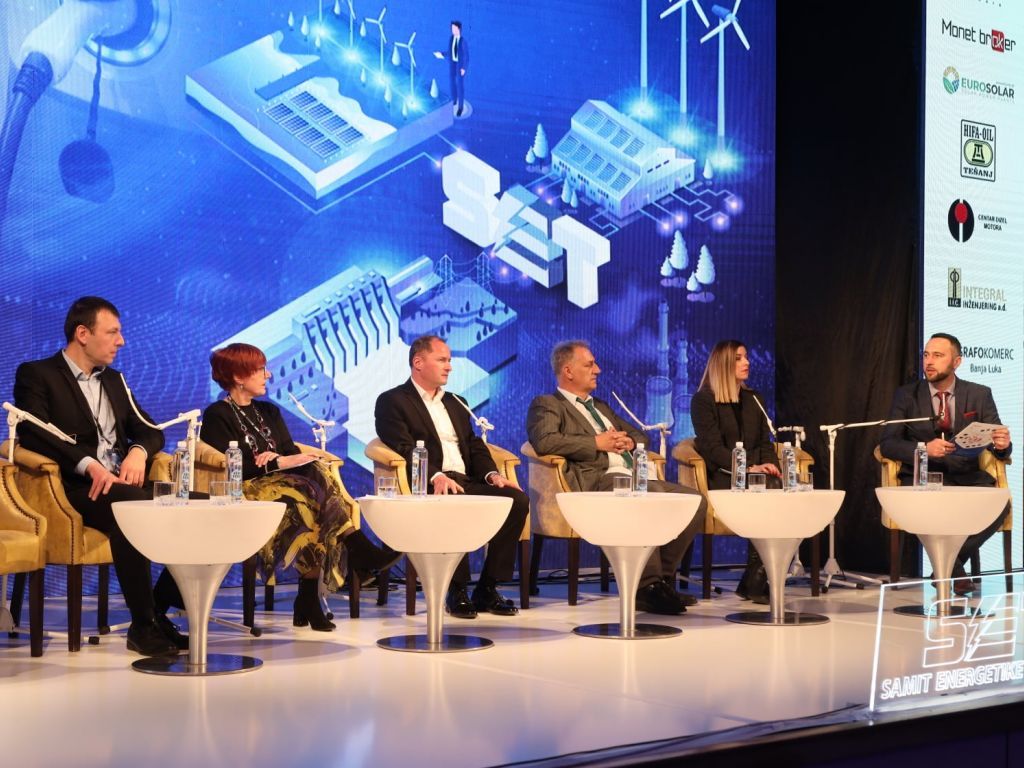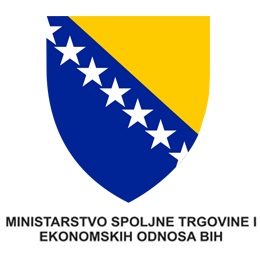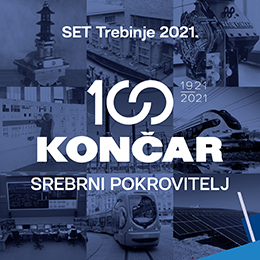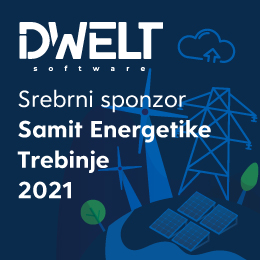Energy Future of Western Balkans Lies in Decarbonization – States Set Goals, Solar Power Plants and Wind Farms a Priority
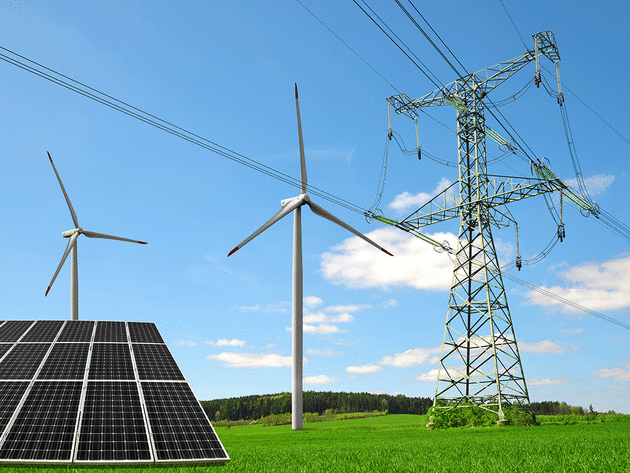
There is not a lot of room for variations – decarbonization is the only acceptable option. The EU has directed its entire policy that way. Following Joe Biden’s victory in the USA and China’s announcement of a full decarbonization until 2060, it has become a global trend and a new standard, says Janez Kopac, the Secretary General of the Energy Community, when asked by eKapija about what kind of an energy future he expects and what the power companies of the countries of the region should strive for.
Among others, Kopac will take part in the Energy Summit Trebinje 2021, which is being prepared and which will gather the most important regional names from this sector on May 20-21. Today, just like last year, when he took part in this summit in the town on the Trebisnjica, he says that there’s no alternative to decarbonization. In the meantime, he says for eKapija, the region has progressed in that direction.
– Serbia is quickly reforming its energy sector, North Macedonia has announced that it will stop using coal, Albania is making progress when it comes to solar energy auctions, Montenegro has decided against a new block at the TPP Pljevlja, which is similar to the adoption of a program for the abandonment of the use of coal. Kosovo has terminated the agreement on the construction of a new thermal power plant. We can also see incredible changes in the public perception in Bosnia and Herzegovina. The Municipality of Banovici, practically symbolic of the use of coal, which only a year ago angrily sought state support for the construction of a new thermal power plant, now wants to become the first carbon-free local community in Bosnia and Herzegovina – Kopac says.
No one disputes the need for decarbonization, he believes. The only thing not everyone can agree on is the pace.
– The progress is visible. For example, last summer, Montenegro had the longest period during which the supply was based exclusively on renewable sources. I am optimistic. The biggest task for everyone will be to start taxing the emissions of carbon-dioxide. The strongest sectors of coal-based thermal power plants, by percentages, are in Kosovo, Bosnia and Herzegovina and Serbia. Those are the places where the transition will be the most difficult – Kopac points out.
New law regulations in Serbia
It is Serbia, whose reforms are praised by Kopac, that has recently adopted the Draft Law on Renewable Energy Sources. The aim is for renewable energy sources to have a 50% share in energy consumption by 2050. This means, as Serbian Energy Minister Zorana Mihajlovic says for eKapija, that new investments in wind farms and solar power plants, as well as in geothermal energy, biomass and other forms of renewable energy, are needed.
– The new law on renewable energy sources will create a much more favorable regulatory framework that should attract all those who want to invest in RES. Among other things, the law introduces market premiums instead of the feed-in tariffs used so far, which will expose the producers to the influence of the market and the competition, reducing the costs for the citizens and the economy, while at the same time guaranteeing stability and predictability of the legal framework to investors. An important new feature in this law is that it will enable, through the institution of the purchaser-producer, each home, house, residential building to produce electrical energy for its own purposes, thereby lowering their bills and also making an additional profit for the surplus energy produced – Mihajlovic says.
According to her, Serbia has not achieved the set goal of having a 27% share of RES in the final energy consumption by 2020, and close to 22% was realized by the end of 2019, all sectors included. The aim, she points out, is to make considerable progress in this field and increase the use of RES in a short amount of time through this new law on RES.
Serbia’s southern neighbor, North Macedonia, according to Viktor Andonov, energy adviser at the country’s government, has a RES share of 16.77% in the final energy consumption, according to the published 2019 reports of the country’s Statistical Office, whereas the share in production from RES amounts to 24.3%.
– According to our projections in the Energy Development Strategy until 2040, the share of RES in the gross consumption of final energy should increase in all scenarios, in the range of 32-43% – Andonov says.
In December 2019, North Macedonia traced the route toward an energy transition by adopting the Energy Development Strategy until 2040. The strategy follows the good practices of the already adopted policies of the European Union regarding RES and energy efficiency, as well as decarbonization, taking into account the harmonization of the goals and the process dynamics with the special local characteristics.
– Our country is the first party to the agreement to finalize its National Plan for Energy and Climate and forward it to the Energy Community Secretariat.
The green scenario of North Macedonia envisages the reduction of emission of greenhouse-effect gases by 65% compared to 2005 while at the same time planning a considerable increase and utilization of RES in a sustainable way and achieving their share of 45% in the gross consumption of final energy.
– Photovoltaic power plants and wind farms should be the fastest growing technologies for the production of electrical energy, with a potential of up to 1,400 MW for photovoltaic power plants and around 750 MW for wind farms – Andonov says.
B&H expects full decarbonization by 2050
In the past year, Bosnia and Herzegovina has faced numerous challenges in the energy sector when it comes to efficiently turning to green energy. A more complex government system compared to its neighbors, different policies in different entities and the inherited practice of relying of thermal power plants and coal have made the process of decarbonization frustrating, but the progress is still visible. This is also shown by the wind farms which have been commissioned in FB&H, but also the announcements of the construction of big solar capacities in Herzegovina.
According to the recommendation of the Energy Community and the EU, the obligation of B&H is to build an integrated energy and climate plan for the country for the 2021-2023 period. The setting of the goals related to an integrated approach to energy and climate for the period until 2030 is in progress, as is the preparation of the NECP for B&H, as well as the energy and climate plans for the entities. To the end of planning the NECP process, an energy model for B&H and complementary entity models have been developed, says Stasa Kosarac, the minister of foreign trade and economic relations of B&H, and the ministry also acts as a coordinator in the operations of the ministries of energy in the entities.
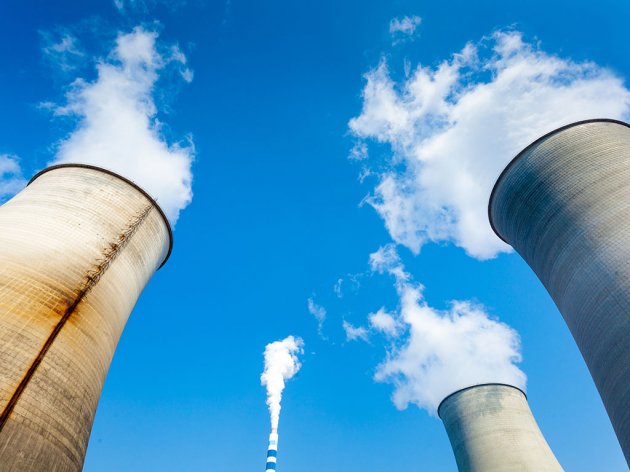
(Foto: zhangyang13576997233/shutterstock.com)
– The first preliminary draft of the NECP of B&H has also been filed to the Energy Community Secretariat. The process of consultations with the competent partner-institutions is in progress and the plan is for the completion and the adoption to be done by the end of 2021. The Government of Republika Srpska and the House of Representatives of B&H have fully supported the preparation of the NECP for B&H and this document will determine the development of the energy sector in B&H in the next ten years, with development projections until 2050, when we are looking at a full decarbonization of the energy sector – Kosarac told us.
B&H is undergoing a transition of the energy sector, which, according to Kosarac, has been going on for a long time now and is part of a complex process related to the preparation of the Integrated Energy and Climate Plans for 2021-2030 (NECP), taking place within the Energy Community. These plans cover a ten-year period which will determine the direction of the development of the energy sector and will provide an integrated approach between energy and climate policies, taking into consideration the energy transition as well.
– Regarding the future of thermal power plants, as we can see, abandoning the use of fossil fuels and increased the share of renewable sources is a global trend, with the EU leading the way, and this is our international obligation, which was additionally confirmed through the signing of the Sofia Declaration, from which it follows that B&H needs to be decarbonized by 2050. The Sofia Declaration determined us for the implementation of the ETS, that is, the transposition of the EU Emission Trading System, as well as the implementation of the CO2 fee. These are the obligations that will additionally influence the price of electrical energy from fossil fuels, so we will carefully approach this issue together with the competent ministries of energy and environment from the entities, because these solutions will determine the life cycle of the thermal power plants and coal mines in B&H.
At the moment, this umbrella ministry is working with the World Bank and the competent ministries in the entities on the preparation of the Road Map for the transition of coal-rich regions and the preparation of this Road Map will point clearly to the direction B&H should go.
– Furthermore, it should be emphasized that, of the member-states of the Energy Community, B&H entered as a priority together with Ukraine, where we will have great benefits through this World Bank project – Kosarac says.
TPP Pljevlja – additional hours or not?
The biggest news in the energy sector of Montenegro these days is that the TPP Pljevlja has spent the 20,000 hours allowed in the period between 2018 and 2023. The minister of capital investments of Montenegro, Mladen Bojanic, is currently negotiating with the European Community about getting additional hours, although the ecological reconstruction has not been finished.
– To the end of creating the conditions for complying with the regulations and standards of the EU in the field of environmental protection, the realization of the project of an ecological reconstruction of the TPP Pljevlja is in progress. Among other things, the works entail the construction of a desulfuring system, the construction of a denitrification system, the upgrade of the operations of the electrofiltering facility, the construction of a waste water treatment system and the reconstruction of the internal system of ash and slag transport. The plan is for the works on the ecological reconstruction of the TPP Pljevlja to be completed by mid-2021 – Bojanic says for eKapija.
The process of decarbonization of the energy sector of Montenegro is to be carried out in line with the National Energy and Climate Plan, which is being prepared and which is expected to be adopted in 2022, after the goals until 2030 are determined. One of the most important questions regarding the decarbonization is the question of the further operations of the TPP Pljevlja.
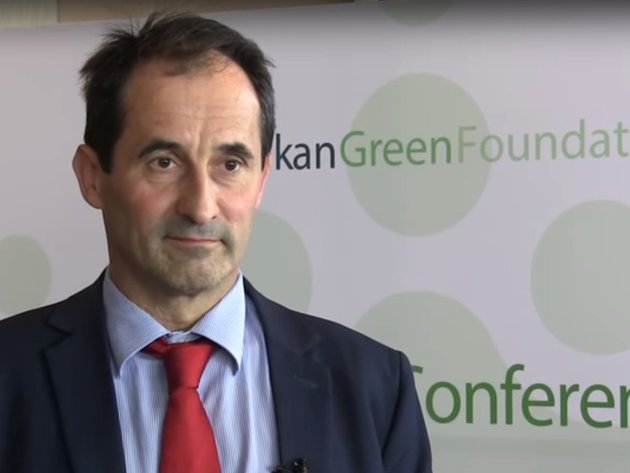
Janez Kopač (Foto: YouTube/screenshot)
Janez Kopac, the secretary general of the Energy Community, says that this institution helps countries of the region prepare legal frameworks, plans and measures.
– Of course, we are all increasingly preoccupied with decarbonization, but also, market liberalization, which has been in our focus so far, is still only halfway there.
Joint projects leading to a better future
It seems that the Western Balkans is willing like never before to join forces in creating the foundations of green energy. New capacities in hydro power, the construction of gas interconnections, LNG terminals and an improvement of the power line network are planned.
North Macedonia is looking forward to a gas connection with Greece, Serbia and the Kosovo territory. They have already started negotiations on being part of the shareholders capital for the construction of a LNG terminal in Alexandroupoli, Greece, a project that is high on the list of priorities of the European Union, and whose realization is expected to considerably increase the security of natural gas supply in the Balkans.
– For several year now, we have also been stepping up our efforts on the project for the mutual connecting of the electrical energy market between North Macedonia and Bulgaria, in which we are supported by the Energy Community Secretariat. The successful realization of this project is the beginning of the establishment of a single electrical energy market in the entire region and with that the final realization of the goals that the Energy Community was founded for in the first place – Andonov said.
In the gas sector, Serbia is already working on the regional connecting through the construction of new gas interconnections. In addition to the Balkan Stream gas pipeline, which was put into operation on January 1, whereby Serbia got another Russian gas supply route, the tender for the contractor for the construction of the Nis-Dimitrovgrad interconnection was opened as well. This project will enable the diversification of the suppliers, which is important from the aspect of a greater energy security of not just Serbia, but the entire region as well. The construction of the Serbia-Bulgaria gas interconnection will create the possibility of supplying Serbia with natural gas from the LNG terminal in Greece and from the TAP and TANAP gas pipelines, which are part of the South Gas Corridor, through which gas from the Caspian and the Middle East regions is transported.
– Thanks to the connection of all these existing and planned gas pipelines, upon the completion of the East Mediterranean project, supply from the coastal gas reserves from the Leviathan gas field, that is, Cyprus and Israel, will be enabled as well – says the minister of energy of Serbia, Zorana Mihajlovic.
In the sector of hydro power, the most current project is the one between Republika Srpska and Serbia in creating the Gornji Horizonti system, which entails the construction of three power plants of a total power of 180 MW and a value of EUR 520 million.
The projects of the construction of the Trans-Balkans Corridor for electrical energy (for the purpose of an efficient electricity market in the region) and the Ionian-Adriatic gas pipeline are very important for Montenegro. The main goal of the construction of the Ionian-Adriatic gas pipeline is to connect the existing and planned gas transfer systems of Croatia with the Azerbaijani gas from the Caspian basin and to enable the supply with natural gas of Montenegro, Albania and Bosnia and Herzegovina. There’s also the 400-kV interconnection Bajina Basta-Visegrad-Pljevlja.
The Energy Summit SET 2021 is organized on May 20-21 by Elektroprivreda RS and the SET company, under the aegis of the Ministry of Foreign Trade and Economic Relations of B&H, the Government of RS and the Koncar company, with the general sponsorship by Elnos Group and support from Infinity Group and Dwelt.
Teodora Brnjos
Izvor: eKapija
© 2020 All rights reserved | SET 2021







